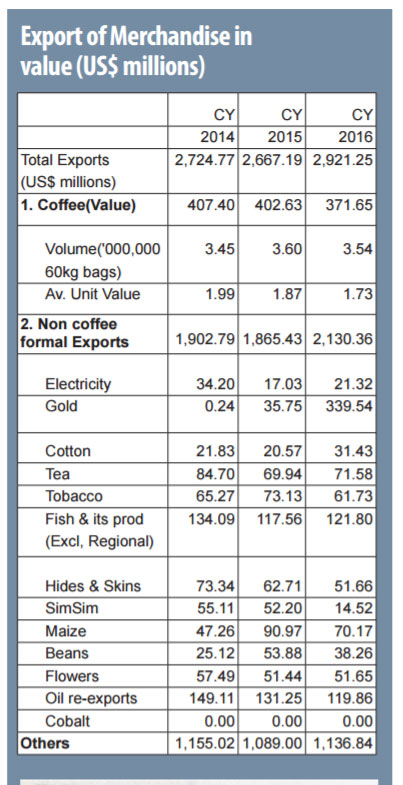Stimulants of further growth
From the processors’ perspective, two conditions can stimulate further growth. The first is strengthening of the domestic market, as the Dairy Development Authority (DDA) is trying to do, but without concomitant political support.
Currently, less than one third of the milk reaching the (urban) market is in processed form, and most milk is sold in small shops as raw milk, with consumers unsure of quality and faced with boiling their own milk at home.
The export orientation of the dairy sector would actually be strengthened if it comes from a strong, domestic base. More importantly, processors would better be able to serve the market (and maintain attractive prices), if the difference in production levels between wet and dry season would reduce.
Currently, volumes reaching processors during the dry season are on average 60 % of the volumes during the rainy season, mainly because feed and water is more easily available for the cows during the rainy season.

Reducing this gap between wet and dry season production requires commercialisation, with farmers investing in conserving feed during the dry season (silage, hay) and harvesting and distributing water on the farm.
The current price trends and competition in the market present an enticing opportunity for this commercialisation of dairy farming. But for it to take place successfully, two factors need to be supportive. Firstly, farmers need a strong service sector which delivers reliable, affordable, relevant and quality services.
Take the example of Artificial Insemination: many farmers express interest but are discouraged due to the poor quality of the service and hence AI services only reach 10 % of its potential.
Another example is financial services, where no bank at present has a targeted dairy sector product, and with loan officers lacking insight into the sector, making accessing loans for dairy farmers very difficult.
But a second factor that can enhance commercialisation strongly is the entrepreneurial spirit and attitude that requires nurturing. For farmers used to dealing with the vagaries of the season and focused on reducing risks, that is a difficult transition.
The experiences in southwest Uganda show that collaboration in dairy cooperative societies, organised under the umbrella of the Uganda Crane Creameries Cooperative Union (UCCCU), has been a game changer in that respect. Cooperatives are not only an effective tool helping farmers to market their milk collectively, but could be even more crucial in facilitating the commercialisation of the diary sector; a factor that seems so far to have been lost on government.
Support to these cooperatives in their growth and service provision to members may be a better way of developing the sector than through the provision of handouts, as currently practised by Operation Wealth Creation.
Equally important is that efforts be made to support an emerging crop of new entrants. There is a small, but growing group of entrepreneurs, who see dairy farming as a business.
With many of them holding on to jobs or investment in Kampala, if they can be encouraged to take up full-time farming on a commercial basis, they could well form the vanguard of change, that can propel the sector to the foreground in the push to make agriculture a leading contributor in the growth to a middle income economy.
****
Rinus van Klinken is based in Mbarara as Project Manager for The Inclusive Dairy Enterprise (TIDE) project implemented by SNV and funded by the Government of The Netherlands
 The Independent Uganda: You get the Truth we Pay the Price
The Independent Uganda: You get the Truth we Pay the Price



